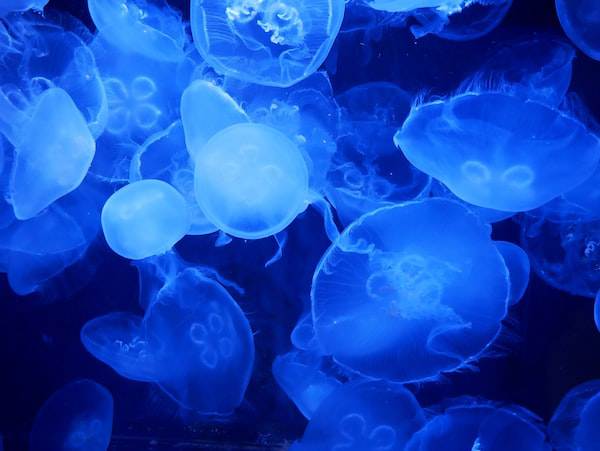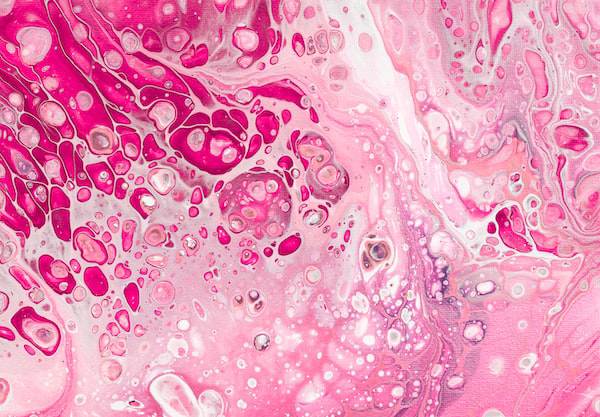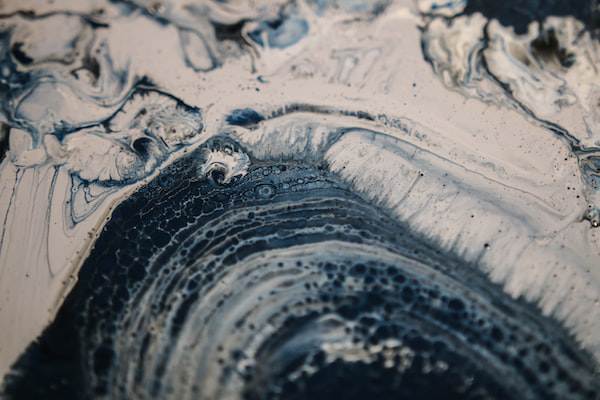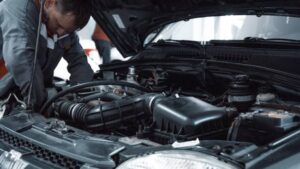Last Updated on 1 year ago by Nicky Johnson
Nicotinamide adenine dinucleotide (NAD) is an essential molecule found in all living cells. It is involved in a wide range of metabolic processes, including the conversion of food into energy. But how does NAD work?
This article will explore the science behind NAD and how it powers all living cells. Keep reading to learn more about NAD.

The Structure of NAD
Blog Contents
The structure of NAD is an important part of understanding how this coenzyme works. NAD is composed of two components: a nitrogen-containing base and ribose sugar.
The nitrogen-containing base in NAD is either nicotinamide or its derivative, which is known as the “adenine” portion of the coenzyme.

This adenine portion contains a single carbon atom that connects to the other parts of the coenzyme. The ribose sugar component consists of five carbons and one oxygen atom, forming a pentose ring structure with three phosphate groups attached to it.
These phosphate groups are responsible for providing energy for cellular reactions and are also integral to many metabolic pathways in our cells.
This structure allows NAD to act as both an electron acceptor and donor during various enzyme-catalyzed reactions within cells.
The Formation and Break Down of NAD
NAD is formed through two main pathways: de novo synthesis and salvage pathway synthesis. De novo synthesis involves the combination of nicotinic acid with ribose 5-phosphate to form NAD, which occurs mainly in the mitochondria.
Salvage pathway synthesis uses pre-existing molecules to produce NAD by combining nicotinamide mononucleotide (NMN) or nicotinamide riboside (NR) with adenosine diphosphate (ADP).
Once produced, NAD can be broken down into its component parts via three primary mechanisms: oxidation, hydrolysis, and phosphorylation/dephosphorylation.
Oxidation involves transferring electrons from one molecule to another; this can lead to the formation of free radicals that damage cells if left unchecked.
Hydrolysis breaks down NAD into nucleotides by cleaving bonds between them using water molecules as catalysts; this reaction produces ATP molecules, which are then used for energy production within a cell.
Lastly, phosphorylation/dephosphorylation works by adding phosphate groups onto existing compounds or removing them altogether; this process helps regulate gene transcription and other cellular activities.

The Role of NAD in Cellular Respiration
During glycolysis, NAD+ accepts electrons from glucose molecules and converts them into NADH + H+. As the reaction proceeds, ATP (adenosine triphosphate) is formed as well as pyruvate which can enter the Krebs cycle.
During this process of aerobic respiration, NAD serves two major roles: it helps to oxidize glucose by accepting hydrogen atoms to form NADH, and it also helps to reduce FAD (flavin adenine dinucleotide) back into FADH2 for further use in generating more ATP during electron transport chain.
The Role of NAD in Metabolic Pathways
The most important role of NAD is as a cofactor for enzymes that catalyze redox reactions involving the transfer of electrons from one molecule to another; this process is referred to as oxidoreduction or simply “reduction.”
During these reactions, NAD loses two electrons and becomes reduced while others gain two electrons and become oxidized; this type of reaction allows two molecules with different properties to interact with each other without losing their chemical identities.
In addition, some enzymes require both NAD+ and its reduced form NADH as part of their active sites so they can function properly.
Overall, understanding how nicotinamide adenine dinucleotide works are essential for furthering our knowledge of the human body and its chemistry.
NAD is a key molecule in many of the body’s metabolic processes, allowing us to better understand how the body functions and how to better treat diseases.
Additionally, NAD plays an important role in the regulation of energy production and cell growth, making it a vital factor in maintaining good health.







